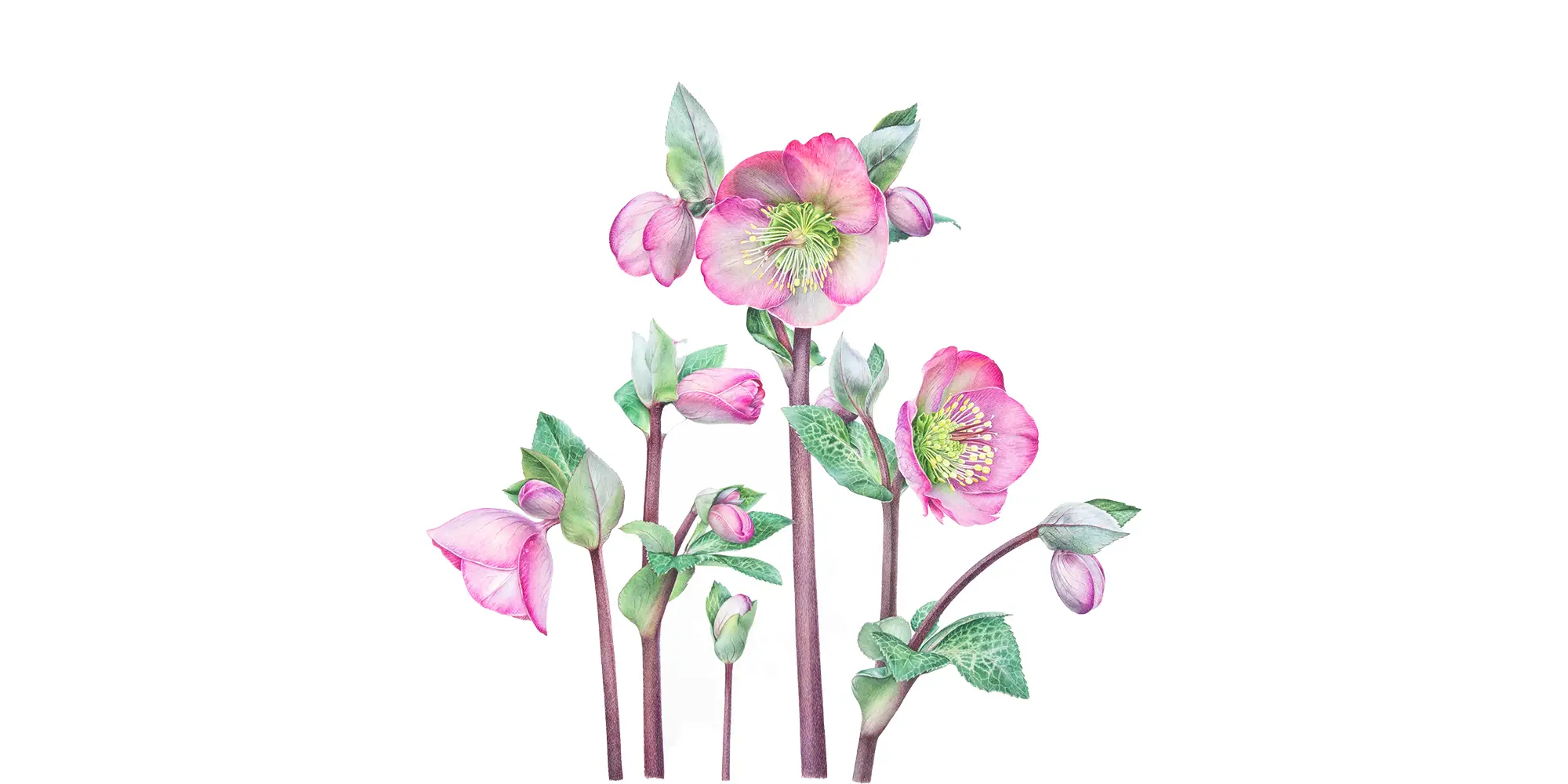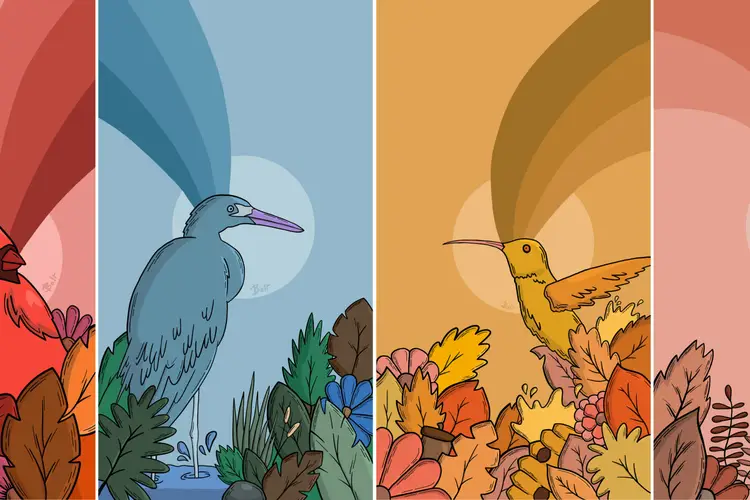
Hunt Botanical Institute Celebrates 60 Years of Art and Science
The 17th International Exhibition of Botanical Art & Illustration will be on display until Dec. 17, 2024.
Media Inquiries
by Shannon Riffe
The history of botanical art spans centuries, evolving from its origins as a tool for scientific documentation to a celebrated art form in its own right. The “17th International Exhibition of Botanical Art & Illustration,” on display at the Hunt Institute for Botanical Documentation through Dec. 17, showcases this transformation, as modern botanical artists continue to blur the lines between science and art.
Hunt Institute, located on the fifth floor of Hunt Library, specializes in the history of botany and all aspects of plant science — serving the international scientific community through research and documentation. The Institute established the “International Exhibition of Botanical Art & Illustration series” in 1964 with the hope of supporting and encouraging contemporary botanical artists from around the world.
This year's exhibition, curated by a jury that evaluated over 350 artworks, celebrates the 60th anniversary of the series. It features 43 works from artists representing 19 countries, underscoring the importance of the exhibition’s international focus.
“Each cycle the exhibition reflects the ebbs and flows of artistic communities on a global scale,” said Hunt Institute Curator of Art and Research Scholar Carrie Roy. “This year, submissions came from regions not typically represented, including an increase from artists in Russia, Ukraine and Eastern Europe.”
Svetlana Lanse (Russia)
(Acer negundo Linnaeus, Aceraceae), 2022, watercolor on paper.
This global reach is strengthened by a tight-knit, supportive network of botanical artists who often mentor one another and collaborate, leading to a rich exchange of techniques and ideas that keeps the botanical art form alive and evolving.
A significant partner in the exhibition’s development has been the American Society of Botanical Artists (ASBA), a professional organization founded in collaboration with a former Hunt curator. The ASBA, which celebrates its 30th anniversary this year, holds its annual conference in Pittsburgh to coincide with the opening of the Hunt Institute's exhibition, creating a space for artists to connect, attend workshops and celebrate their craft.
“Botanical art can be traced back through the history of science, where woodblock prints and engravings provided a way to identify plants in the field, particularly for medicinal and culinary uses,” said Roy. “However, these early illustrations were often reproduced over time, leading to inaccuracies — sometimes the same illustration was used to represent entirely different plants across multiple publications.”
As European expeditions brought back plants from around the world, botanical illustration became increasingly important in cataloging these new discoveries. And by the mid-20th century, botanical art began to break free from its purely scientific origins, with artists starting to create works that were not only scientifically accurate but also celebrated the beauty of nature.
Sunanda Widel (Singapore)
Figs (Ficus auriculata Loureiro, Moraceae), 2019, watercolor on paper.
Viewers of the exhibition will find a range of artwork on display, from traditional illustrations to more experimental representations, and even sculptural work. However, all must adhere to the same baseline: The plants must be scientifically accurate.
“One of the most compelling aspects of botanical art is its ability to depict the full lifecycle of a plant — seeds, fruits and flowers — something that is often difficult to capture in a single photograph,” said Roy. “This allows the viewer — and importantly, scientists — to study and identify species based on a wide range of characteristics that may not appear together naturally.”
The database of "International" series catalogs includes examples from 1,255 of the most influential and important contemporary botanical artists and illustrators, all of whom have been represented in this exhibition series.




